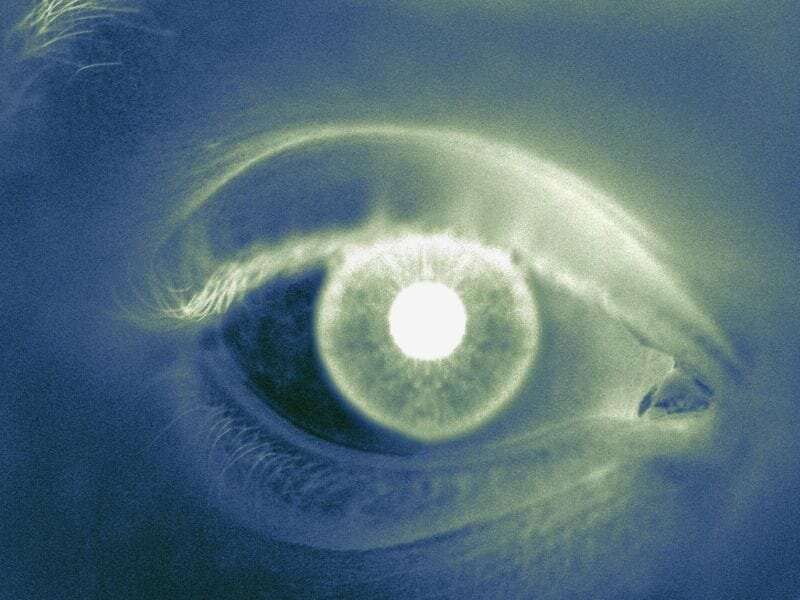(HealthDay)—Progressive multiple sclerosis (PMS) is associated with faster retinal atrophy than relapsing-remitting MS (RRMS), independent of age, according to a study published in the June issue of the Annals of Neurology.
Elias S. Sotirchos, M.D., from the Johns Hopkins University School of Medicine in Baltimore, and colleagues followed 178 RRMS, 186 PMS, and 66 control participants with serial optical coherence tomography for a median of 3.7 years.
The researchers observed increases in the estimated proportion of peripapillary retinal nerve fiber layer (pRNFL) and macular ganglion cell + inner plexiform layer (GCIPL) thinning in MS due to normal aging, from 42.7 and 16.7 percent, respectively, at 25 years to 83.7 and 81.1 percent, respectively, at 65 years. Compared with RRMS, PMS was associated with faster pRNFL and GCIPL thinning (−0.34 ± 0.09 percent and −0.27 ± 0.07 percent, respectively), independent of age. Higher baseline age was independently associated with faster thinning of inner nuclear layer (INL) and outer nuclear layer (ONL) in MS and controls. Compared with controls and RRMS, in PMS, INL and ONL thinning were independently faster. Disease-modifying therapies did not impact rates of retinal layer atrophy in PMS, unlike in RRMS.
"We importantly demonstrate evidence of faster INL and ONL atrophy in PMS relative to RRMS and healthy controls, independently of age, suggesting that measures of these layers may represent novel biomarkers for tracking neurodegeneration, particularly in progressive disease," the authors write.
More information: Abstract/Full Text (subscription or payment may be required)
Journal information: Annals of Neurology
Copyright © 2020 HealthDay. All rights reserved.























